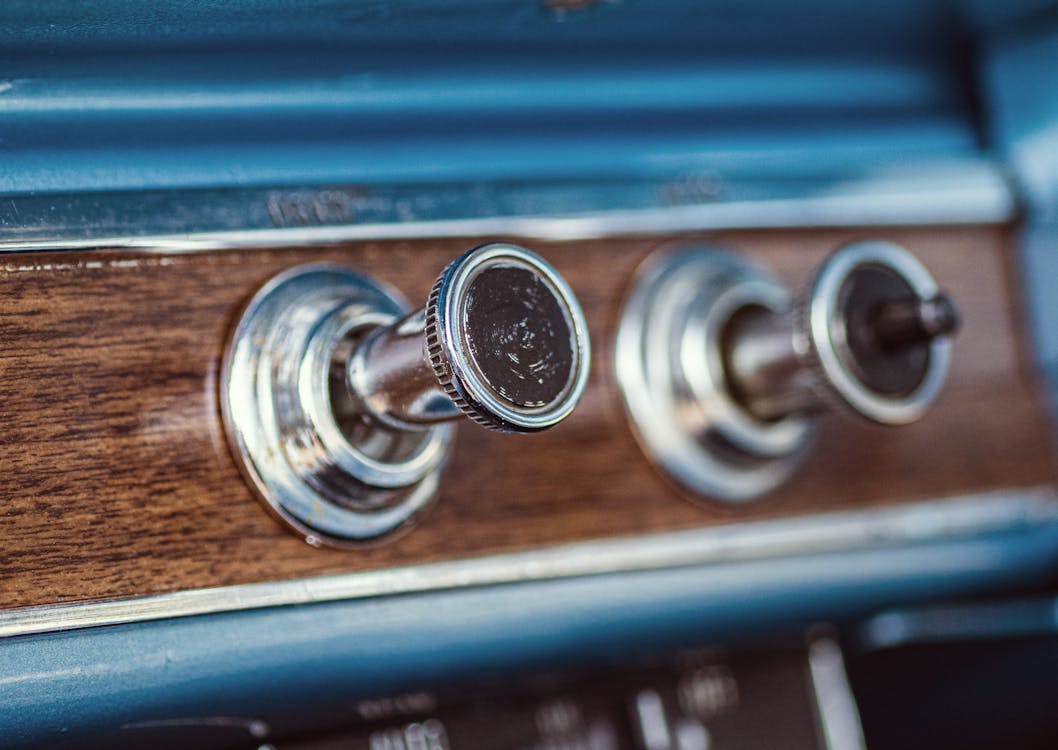
For the past decade, cars and truck interiors have been swiftly evolving toward smooth, screen-dominated control board. Touchscreens changed standard knobs, sliders, and buttons in what many assumed was the unpreventable march of development. Yet, in an unexpected spin, physical switches are silently making their back right into modern-day lorries. The change signals more than just a timeless nod-- it's an action to real-world comments from chauffeurs desire simplicity, safety and security, and responsive complete satisfaction.
The Digital Overload Dilemma
When touchscreens first began taking over control panels, they seemed like the future: tidy, customizable, and loaded with features. They removed mess and enabled automakers to improve their interiors with less physical components. However as even more attributes were hidden within electronic food selections, chauffeurs started to articulate concerns.
Touchscreens typically need numerous actions to do standard jobs like readjusting the environment or transforming the radio terminal. Unlike buttons, they lack the user-friendly muscle mass memory that enables a motorist to alter a setting without taking their eyes off the road. With a lot taking place on-screen, it comes to be all as well simple to get distracted-- something no one desires when taking a trip at freeway speeds.
The Return of Tactile Functionality
One of the biggest benefits of switches is their tactile feedback. You can feel them without requiring to look. This sensory support makes them not just hassle-free yet much safer for chauffeurs. When your hand instinctively recognizes where the volume knob is or just how far to press a switch to activate the defrost, it reduces the demand to glimpse down or away from the roadway. And while touchscreens provide convenience for infomercial and navigating, the essential day-to-day functions-- like threat lights, audio controls, and HVAC-- feel better fit to physical controls.
In fact, several motorists that previously advocated digital systems have actually expressed recognition for newer versions that blend contemporary aesthetic appeals with the practical feel of traditional controls. It's not regarding denying development-- it's concerning enhancing functionality.
A Balanced Design Philosophy
Developers have actually noticed this shifting view. As opposed to abandoning displays, they're reassessing how they're integrated. The very best insides currently strike an equilibrium in between electronic versatility and analog precision. That implies tactically positioning switches for important functions while utilizing digital interfaces for apps, navigation, and media.
This hybrid technique look at this website is specifically popular in vehicles developed for long-distance driving or households. The ease of pushing a button without fumbling through a menu makes a huge difference when you're trying to stay focused, comfy, and secure. Also in automobiles recognized for sophisticated technology, a straightforward rotating dial or responsive control can be the function that sways chauffeurs searching for thoughtful layout.
Buttons and the Emotional Connection
There's likewise something distinctively emotional concerning switches. They bring a specific level of involvement that touchscreens just don't replicate. Pushing a button or transforming a dial feels like you're literally connecting with your car-- it includes a layer of connection that makes the driving experience a lot more pleasurable.
For those taking into consideration used Chevy cars, automobiles from current years typically offer the very best of both globes: receptive touch interfaces paired with traditional physical controls. These versions bridge the gap in between development and experience, making them ideal for chauffeurs that value modern functions without compromising convenience of use.
Technology Isn't Just About Screens
It's easy to conflate innovation with screens, however real technology suggests improving the chauffeur experience. In this light, buttons are a form of smart style. They're quick, precise, and don't demand interest. As automobile style ends up being progressively driver-centric, comfort and intuition take spotlight.
This likewise ties directly right into the resale and trade-in worth of automobiles. Autos that focus on straightforward attributes often tend to age better in the eyes of future buyers. If you're thinking about a Chevrolet trade in, knowing that your existing car offers an attentively developed inside, complete with conveniently available controls, can have a favorable effect.
The Future Is Functional
As car makers re-evaluate the role of user interfaces in the cabin, they're guided by motorist feedback and real-world functionality researches. The revival of switches doesn't indicate a go back to the past-- it's a step forward in thoughtful, user-first style. It recognizes that progress doesn't always suggest eliminating the old however incorporating it in such a way that makes driving safer, easier, and extra enjoyable.
If you're in the market and checking out Chevy new car deals, watch on exactly how different designs manage their interior controls. It's not practically the touchscreen size-- it's regarding how the car aids you remain concentrated on the road while making your daily commute more intuitive. Buttons might not be the flashiest attribute, yet they're promptly turning into one of the most appreciated.
For even more understandings into automotive trends, interior decoration advancements, and wise automobile shopping tips, make certain to inspect back frequently. We're always upgrading the blog with fresh concepts to assist you navigate the roadway ahead.